Hyperpigmentation, such as melasma and age spots, can be a persistent and troubling skin concern for many, often manifesting as patches of skin that become darker than the surrounding area. This happens when an excess of melanin, the brown pigment that produces normal skin color, forms deposits in the skin causing melasma, discoloration, and dark spots. I’ve found that skincare can be challenging to address through over-the-counter products alone, which is why the use of chemical peels and topical treatments has garnered significant attention as an effective treatment option.
Chemical peels, skincare products, and creams work by applying a solution to the skin, which accelerates exfoliation and promotes the regeneration of new skin. The salicylic acid peels’ resultant peeling process removes layers of skin, which can reduce the appearance of hyperpigmentation, melasma, and discoloration caused by excess melanin. The depth of the skincare peel, determined by the type and concentration of the chemical solution used, can range from superficial to deep. My research shows that superficial peels often use milder acids like glycolic acid for treatment, while more intense peels may opt for trichloroacetic acid or phenol to treat diffuse hyperpigmentation.
While I explore this treatment, it’s crucial to remember that chemical peels should be selected and administered by a qualified professional to minimize risks and achieve the desired outcome for patients. Proper post-peel care is essential in managing pigmentation, including hyperpigmentation and melasma, and ensuring the health of the skin. It’s beneficial for patients to have a clear understanding of the science behind chemical peels to make informed decisions about their use for hyperpigmentation treatment, including melasma and spots.
Understanding Hyperpigmentation and Skin Health
As we look into hyperpigmentation, it’s crucial to grasp how it affects skin health, the different forms it takes (melasma and spots), and how skin type and external factors like sun exposure and aging play pivotal roles in its color and treatment.
Types of Hyperpigmentation
Hyperpigmentation occurs when melanin, the pigment responsible for skin color, is produced in excess in patients. This can manifest in various forms:
Melasma: Typically stemming from hormonal changes, often seen in pregnant women. It is characterized by hyperpigmentation and pigment spots in patients. Treatment is available.
Post-Inflammatory Hyperpigmentation (PIH): Arises after an inflammatory skin concern heals, such as acne.
Sunspots (also known as age spots or liver spots) form due to prolonged sun exposure over the years, causing hyperpigmentation in patients.
Understanding your unique skin type is key when addressing pigmentation issues such as hyperpigmentation, melasma, and spots in patients.
Impact of Skin Type on Pigmentation
Different skin types have varying predispositions to pigmentation:
Type I (Very fair to pale skin) patients: High risk of sun damage, burns easily, more likely to develop sunspots.
Type II to III (Fair to olive skin) patients may tan slowly, still at risk of sun damage and pigmentation.
Type IV to VI (Moderate brown to dark brown or black skin) patients are more prone to melasma, PIH, hyperpigmentation, and pigment spots.
Appropriate sun protection and tailored treatment is crucial to manage hyperpigmentation and spots effectively across different skin types in patients.
Role of Sun Exposure and Aging in Skin Health
Exposure to the sun and the natural aging process have significant impacts on skin hyperpigmentation and pigment spots.
Sun Damage: UV rays can accelerate melanin production leading to increased pigmentation such as sunspots and hyperpigmentation, and can degrade collagen, impacting skin texture and causing fine lines.
Aging: With time, patients’ skin’s natural collagen production wanes, the epidermis thins, and age spots and hyperpigmentation may become more apparent. Photoaging, the premature aging from sun exposure, can exacerbate hyperpigmentation and pigment spots in patients.
Understanding these factors is essential in maintaining skin health and when considering treatments like chemical peels that aim to rejuvenate the skin by removing damaged, pigmented cells, spots, and stimulating collagen production in patients. Protecting skin from sun exposure is a fundamental approach to mitigating hyperpigmentation concerns in patients.
Types and Benefits of Chemical Peels
Chemical peels are a pivotal part of skincare for patients seeking to address hyperpigmentation. In my experience, understanding the types available and their unique benefits can enable patients to choose the most suitable option for their skin condition, including hyperpigmentation.
Superficial vs Medium vs Deep Peels
Superficial peels, such as those containing alpha hydroxy acids (AHAs) like glycolic acid, or beta hydroxy acids (BHAs) like salicylic acid, work on the very top layer of skin in patients. They rejuvenate the skin by exfoliating dead skin cells, which can brighten the complexion and improve texture in patients with hyperpigmentation.
Glycolic acid (AHA): Exfoliates and promotes new cell generation.
Salicylic acid (BHA): Targets oily/acne-prone skin by unclogging pores in patients.
Medium-depth peels often use trichloroacetic acid (TCA) or a combination of AHAs and BHAs to reach the upper to middle layers of the skin in patients with hyperpigmentation. They are more potent in reducing wrinkles, hyperpigmentation, and pigmentation issues in patients than superficial peels.
Trichloroacetic acid (TCA): Reduces visible signs of aging, blemishes, hyperpigmentation in patients.
Combined AHA/BHA peel: Offers comprehensive exfoliation.
Deep peels involve stronger agents like phenol. They penetrate the lower dermal layer to significantly improve deep wrinkles, severe sun damage, and hyperpigmentation in patients. Due to their intensity, deep peels usually necessitate a longer recovery period to avoid hyperpigmentation.
Phenol: Addresses deep-set imperfections and revitalizes extensively.
Common Chemical Peel Ingredients
Several ingredients are specifically chosen for their efficacy in improving skin appearance and health:
Glycolic acid: AHA; ideal for exfoliation and boosting collagen.
Salicylic acid: BHA; excellent for oily or acne-prone skin types.
Lactic acid: Another AHA that’s milder and moisturizes as it exfoliates.
Kojic acid: Often used to lighten hyperpigmentation and age spots.
Mandelic acid: A go-to for sensitive skin types looking to exfoliate gently.
Retinoic acid: This derivative of vitamin A helps in skin renewal.
Advantages of Regular Chemical Peeling
Incorporating chemical peels into your skincare routine can offer numerous advantages. The results often include:
Rejuvenation: Regular peels can refresh and renew the skin’s appearance.
Exfoliation: Peels remove dead skin cells, revealing brighter skin underneath.
Wrinkle Reduction: Over time, peels can reduce the appearance of fine lines.
Improved Texture: My skin feels smoother and more even after consistent treatments.
Procedure and Aftercare of Chemical Peels
Chemical peels are a significant tool in the battle against hyperpigmentation. I want to share how they’re performed and cared for, to clarify what you can expect.
Pre-Treatment
Before I dive into the procedure, here’s what’s important:
Consultation: I always recommend consulting a dermatologist first. They will assess your skin’s condition and determine the suitable type of peel.
Skin Preparation: Preparing the skin may involve using mild exfoliants or retinoids in the days leading up to the peel, as advised by the dermatologist.
Avoidance: Stay away from any exfoliating agents or activities that could irritate your skin for at least one week before the peel.
The Procedure
On the day of the peel:
Cleansing: The skin is thoroughly cleansed.
Application: The chemical solution, with a specific pH for the right exfoliation level, is applied methodically.
Observation: The skin is watched closely for the appropriate level of peeling.
Neutralization: If needed, a neutralizing solution is applied to halt the peel’s activity.
Post-Treatment and Aftercare
Post-treatment care is crucial for a successful outcome:
Soothing: Post-treatment, the skin is often red and sensitive, resembling sunburn. I take steps to soothe this erythema or redness using cool compresses or prescribed balms.
Moisturization & Protection: Regular moisturization and sun protection are paramount. It aids the epithelialization process, where the skin heals itself.
Avoiding Complications: Monitoring the peel’s after effects is essential. Following the post-treatment care plan carefully helps prevent complications like infection or undue irritation.
Follow-Up: I adhere to follow-up appointments with the dermatologist to ensure proper healing.
Remember, adherence to aftercare recommendations will greatly influence not just the final results but also the complexion’s overall health post-procedure.


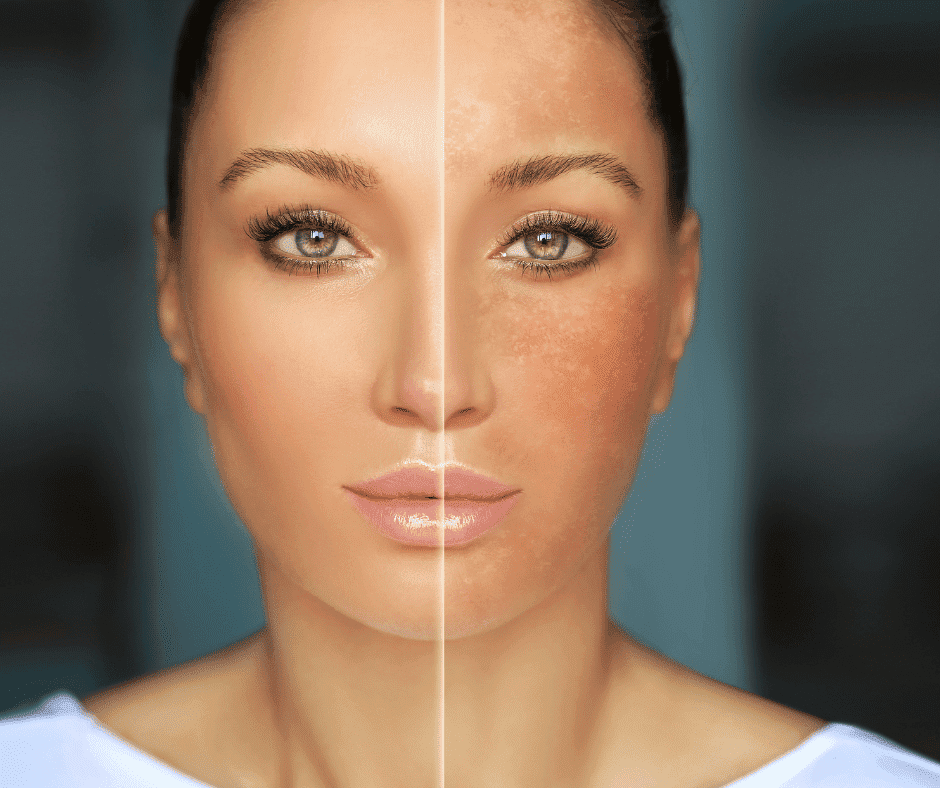
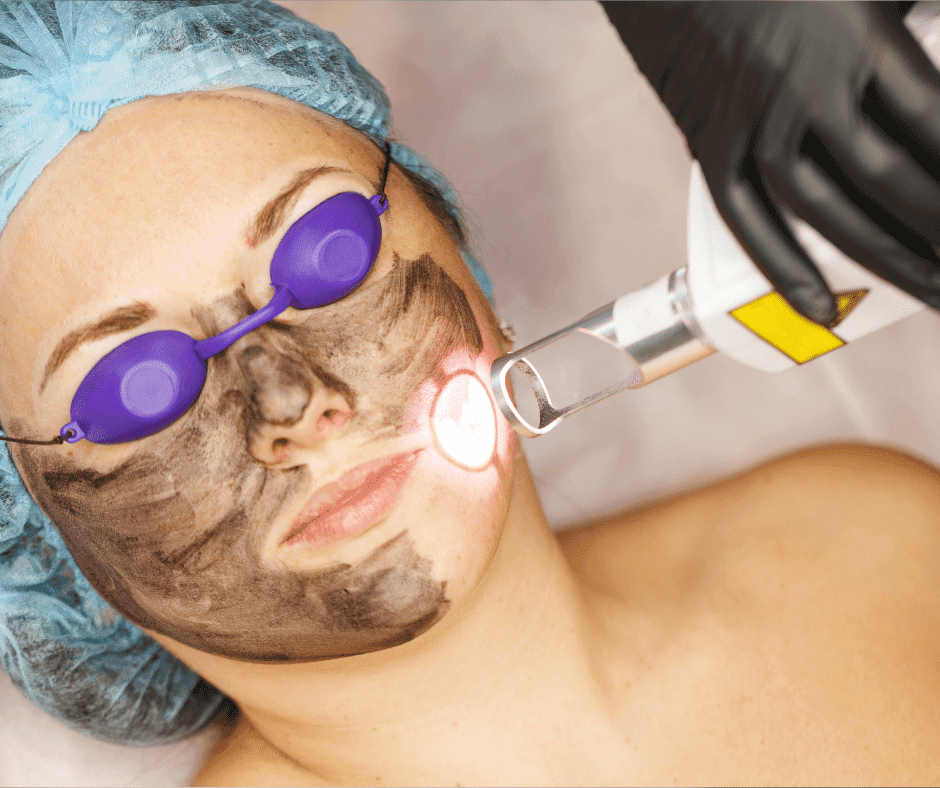
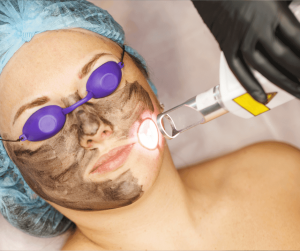
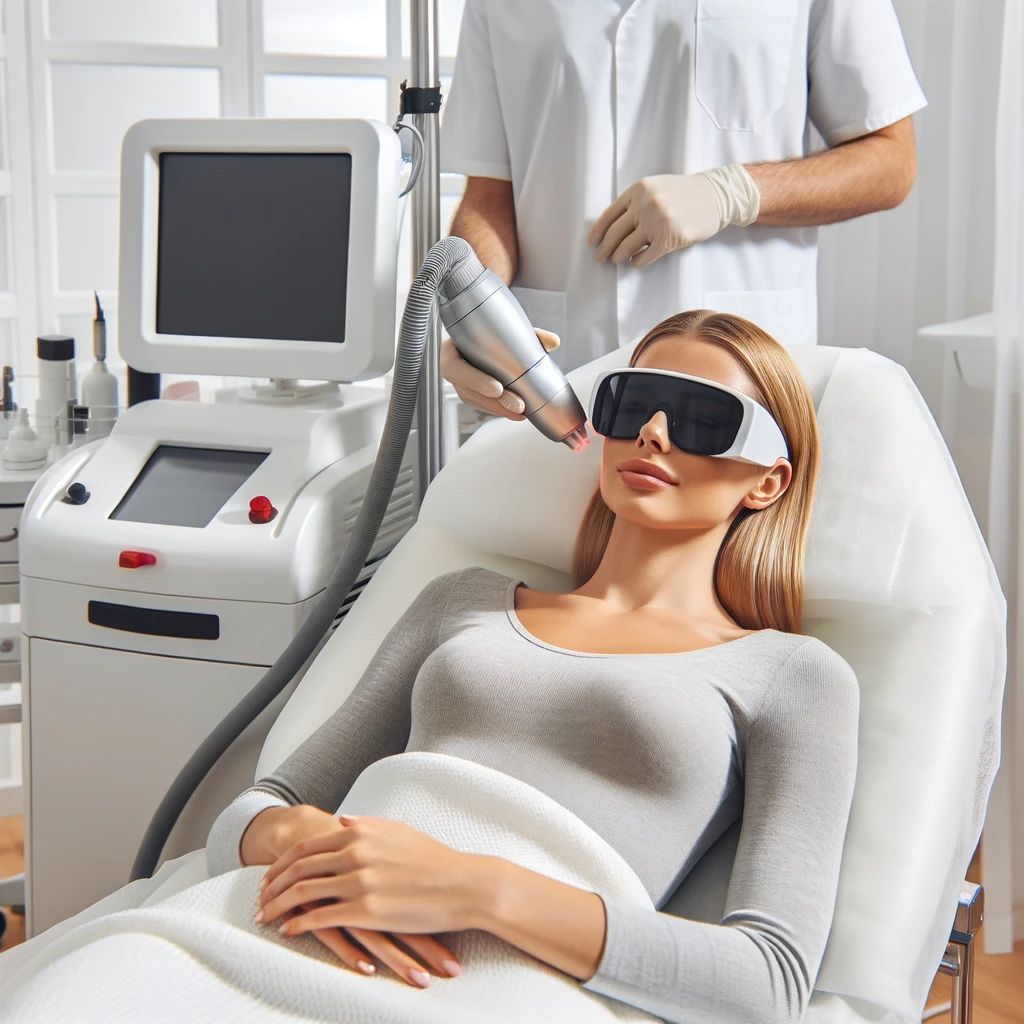
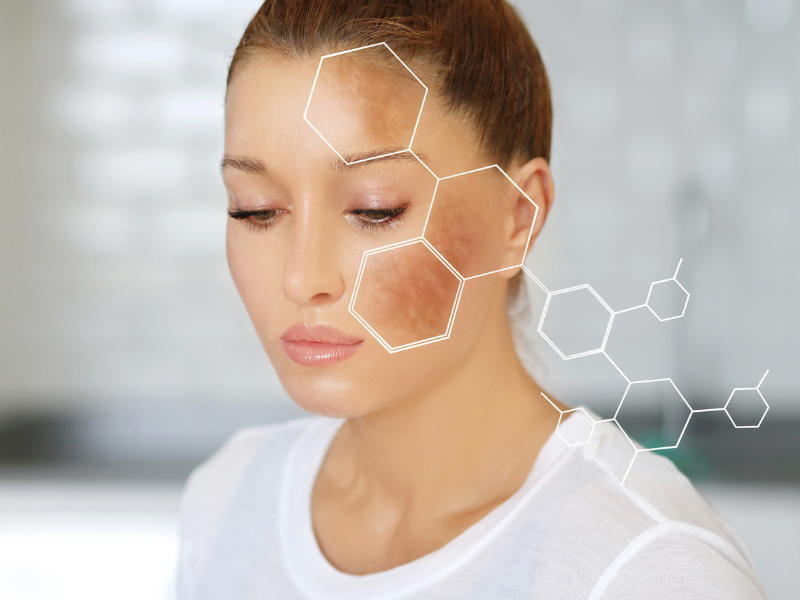 To put it simply,
To put it simply, 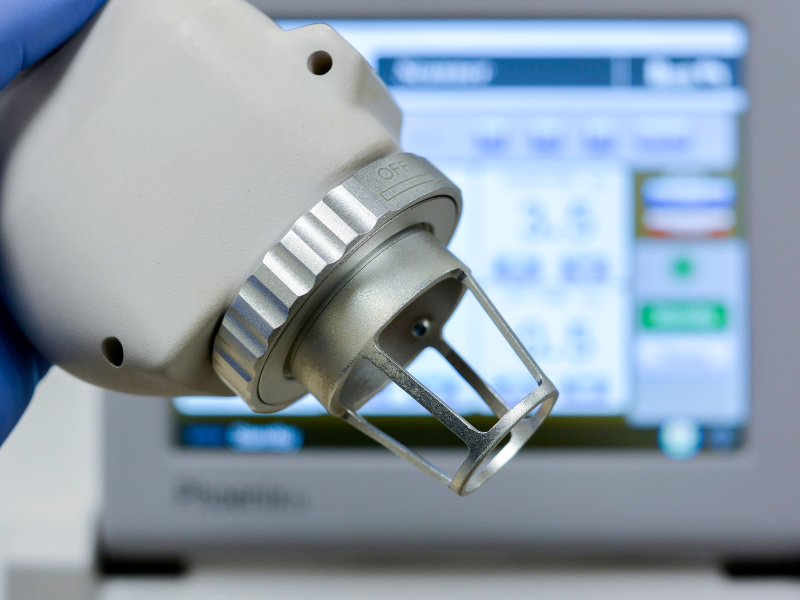 Q-Switched Laser: Q-switched lasers emit high-intensity pulses of light to target and break down the melanin in melasma. Several sessions may be required for optimal results.
Q-Switched Laser: Q-switched lasers emit high-intensity pulses of light to target and break down the melanin in melasma. Several sessions may be required for optimal results.